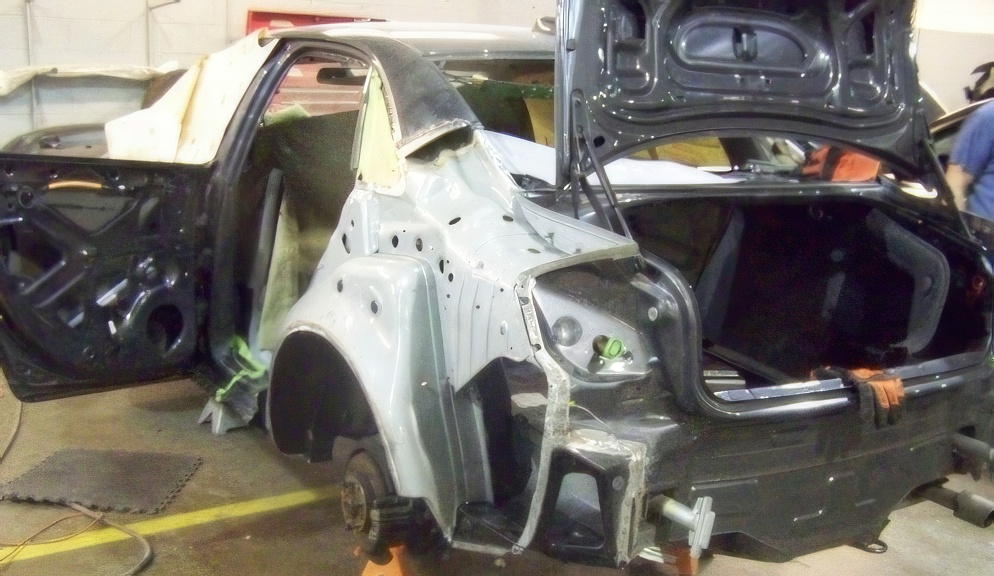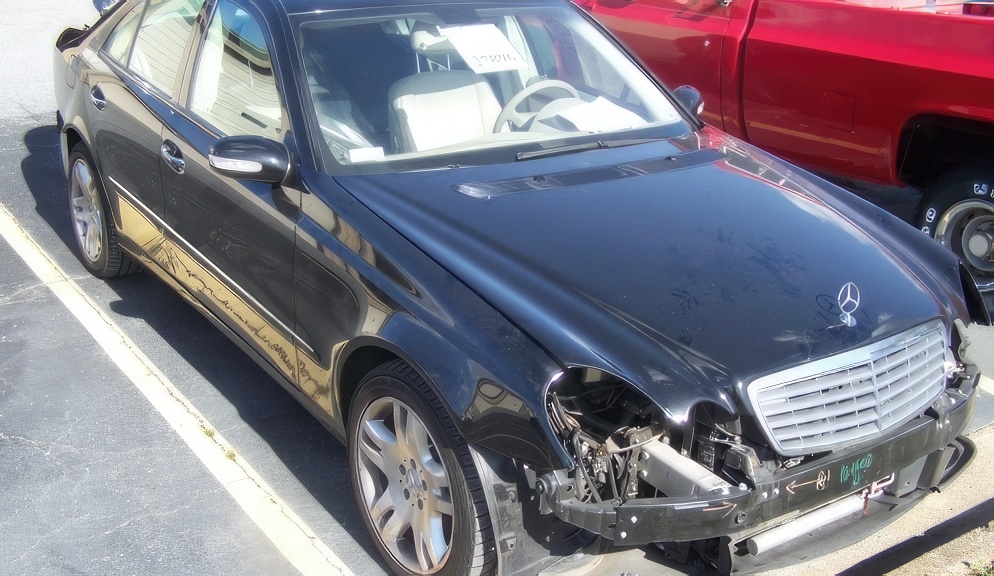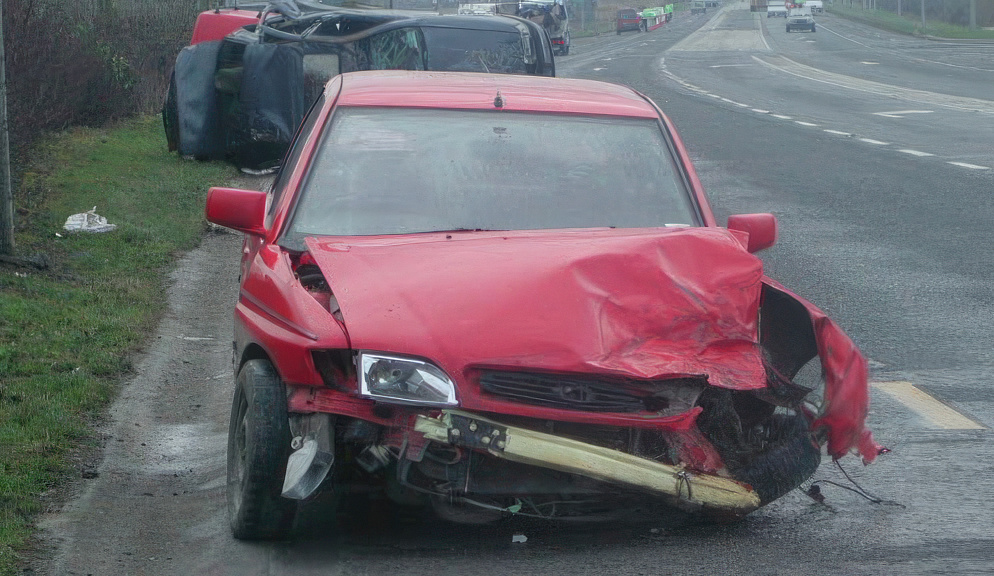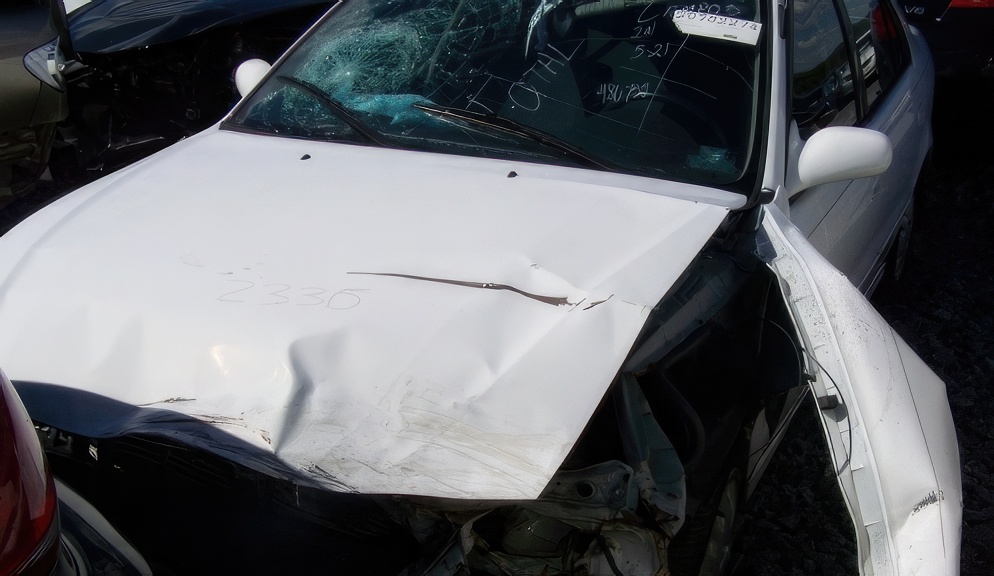Navigating the Path of Diminished Value Claims

Embarking on the voyage of filing a diminished value claim can initially appear akin to stepping into a complex maze laden with legal jargon and insurance negotiations. However, equipped with a structured approach and a clear understanding, this pathway can lead to rightful compensation for the value your vehicle lost post-accident. The cornerstone of this journey is recognizing the existence of diminished value and its impact on your vehicle’s worth.
The diminished value assessment is a palpable financial loss that countless vehicle owners face in the aftermath of an accident. Even with thorough repairs reinstating the vehicle to its prime condition, the lingering shadow of the accident history invariably leads to a drop in the market value. This loss in value is not a mere theoretical concept but a tangible financial loss, which has spurred a significant number of diminished value claims over the years.
Each state has its unique set of laws and regulations governing diminished value claims, which further adds layers of complexity to this process. While some states are more claimant-friendly, others might present a more rigid stance. The varying legal landscapes across different jurisdictions necessitate a well-versed understanding of the local laws to navigate this process effectively.
The realm of diminished value claims extends beyond merely understanding and calculating the loss. It ventures into legal negotiations, insurance discussions, and potentially courtroom battles, each phase demanding a distinct set of skills and knowledge.
This article aims to shed light on these various facets, guiding you through the steps of filing a claim, negotiating with insurance companies, and understanding the underlying principles that govern diminished value claims.
Detailed Walkthroughs on How to File a Diminished Value Claim: What to Expect and Tips for Successful Claims
The process of filing a diminished value claim begins with a comprehensive understanding of what diminished value entails. It’s the financial disparity between your vehicle’s market value before and after the accident, despite complete repairs. This initial understanding is akin to having a compass in hand before embarking on a voyage.
Engaging a professional appraiser for a detailed assessment of the diminished value is a pivotal step in this process. A precise and credible appraisal serves as the backbone of your claim. For instance, consider the case of Sarah, who, after a rear-end collision, engaged a professional appraiser and discovered a diminished value of $5,000 for her SUV. This appraisal was the cornerstone of her claim and negotiations with the insurance company.
Collecting all requisite documentation is the next critical stride. This includes the appraisal report, repair bills, photographs of the damage, and any other relevant documentation that substantiates your claim. A robust documentation portfolio provides a clear depiction of the loss, strengthening your stance during negotiations.
Drafting a compelling demand letter to the at-fault party’s insurance company is the subsequent step. This letter should meticulously outline the diminished value, the calculation method employed, and the compensation demanded. It’s advisable to consult with a legal professional to ensure the demand letter encapsulates all necessary elements to fortify your claim.
Lastly, legal consultation is prudent, especially if negotiations with the insurance company hit a stalemate. A legal professional with experience in diminished value claims can provide invaluable guidance, ensuring compliance with the requisite procedures and advocating for your rights during negotiations or potentially in court.
What is an Example of a Diminished Value Claim Letter?
The diminished value claim letter is your formal initiation of the claim with the at-fault party’s insurance company. It needs to be meticulously drafted to encompass all pertinent details concerning the claim. Here’s a simplified example based on Sarah’s scenario:
Dear [Insurance Company],
I am writing to claim the diminished value of my [Vehicle Make and Model] post the accident on [Date]. Enclosed is a professional appraisal report, showing a diminished value of $5,000. I demand compensation for this loss.
[Include all other necessary details and documentation]
Sincerely,
[Your Name]
This example is a simplified depiction of what a diminished value claim letter entails. It’s essential that the letter is clear, concise, and accompanied by all necessary documentation to substantiate the claim. The demand for compensation should be unequivocally stated, with the appraisal report serving as the central piece of evidence.
It’s advisable to have a legal professional review the letter to ensure it meets all legal prerequisites and is structured in a manner conducive to initiating a robust claim. The language employed should exude professionalism and a firm understanding of your rights concerning the diminished value claim.
Moreover, each state might have its unique requirements concerning the content and format of a diminished value claim letter. Adherence to these local requirements is crucial to avoid any potential hitches in the process. The letter serves not just as a claim for the diminished value but as a testament to your meticulous approach and understanding of the process.
How Do You Negotiate a Diminished Value Claim?
Negotiating a diminished value claim is an art that demands a blend of preparation, clear communication, and a firm grasp of your claim’s worth. The negotiation phase often commences post the submission of the demand letter, with the insurance company typically reverting with a counteroffer.
- Preparation is the linchpin of successful negotiations.
- This entails having all your documentation in order, a clear understanding of the diminished value, and a well-structured argument for the compensation demanded. It’s prudent to have a minimum settlement figure in mind, which guides your negotiation strategy.
- Legal counsel can serve as a sturdy backbone during negotiations.
- A legal professional’s expertise in diminished value claims can provide invaluable insights, bolstering your negotiation stance. Moreover, they can navigate the legal intricacies that often accompany such negotiations, ensuring adherence to all legal prerequisites.
- Maintaining clear, concise communication with the insurance adjuster is pivotal.
- Each communication should reiterate your claim, the substantiating evidence, and the compensation demanded. It’s advisable to document every communication, maintaining a clear record of all discussions, offers, and counteroffers
- Lastly, patience and a fortified resolve are indispensable allies during negotiations.
- Insurance companies might employ delay tactics or present low-ball offers, testing your resolve. A steadfast approach, backed by robust evidence and legal counsel, can significantly enhance the probability of a successful claim.
Depreciation vs Diminished Value: Unveiling the Differences
Depreciation and diminished value are intertwined yet distinct concepts pivotal in the realm of asset valuation and insurance claims. Understanding the nuanced differences between these two can significantly impact your approach towards a diminished value claim.
Depreciation is the natural loss in value that assets, including vehicles, experience over time due to wear and tear.
It’s a predictable, linear loss that can be calculated based on standard depreciation rates.
Diminished value is an abrupt loss in value post-accident, which is often unpredictable and necessitates a detailed appraisal to ascertain accurately.
The calculation methods employed for depreciation and diminished value are distinctly different. Depreciation follows a standardized method, often employing straight-line depreciation or other established depreciation methods. Conversely, diminished value calculation demands a more nuanced, individualized approach, considering various factors like the extent of damage, the quality of repairs, and the vehicle’s make and model.
The recovery aspect further delineates depreciation from diminished value. While depreciation is a natural, unavoidable financial loss, diminished value opens a window for financial recovery through claims. This aspect significantly elevates the importance of understanding diminished value, especially for individuals who have recently experienced a vehicular accident.
Lastly, the legal implications intertwined with diminished value underscore its distinct nature. Unlike depreciation, diminished value claims traverse through legal negotiations and potential courtroom scenarios, each phase laden with legal discussions and negotiations. The journey towards claiming diminished value, though complex, is navigable with the right guidance, a thorough understanding of diminished value, and a steadfast resolve.
Frequently Asked Questions (FAQs)
What is a Diminished Value Claim?
A diminished value claim is a claim filed to recover the loss in market value that a vehicle suffers after an accident, even after being fully repaired. This claim is aimed at compensating the vehicle owner for the financial loss incurred due to the accident’s history affecting the resale value of the vehicle.
How do I file a Diminished Value Claim?
The process involves understanding the concept of diminished value, getting a professional appraisal, collecting all necessary documentation such as repair bills and photographs, drafting a demand letter to the at-fault party’s insurance company, and potentially engaging in negotiations or legal consultations to pursue the claim.
What should be included in a Diminished Value Claim Letter?
The claim letter should clearly outline the diminished value, the method used for calculation, and the compensation demanded. It should also include your name, contact information, details about the vehicle, and the accident, and be accompanied by supporting documentation such as the appraisal report and repair bills.
How do I negotiate a Diminished Value Claim?
Preparation is key to successful negotiations. Have all your documentation ready, know the worth of your claim, maintain clear communication with the insurance adjuster, and consider engaging legal counsel for guidance. Be patient and persistent in your negotiations, and document all communications for future reference.
What’s the difference between Depreciation and Diminished Value?
Depreciation refers to the natural loss in value of a vehicle over time due to wear and tear. On the other hand, diminished value is the sudden loss in market value a vehicle suffers post-accident, despite being fully repaired. Unlike depreciation, diminished value can be claimed for compensation from the at-fault party’s insurance company.
Can I seek legal counsel for a Diminished Value Claim?
Yes, it’s advisable to seek legal counsel, especially if negotiations with the insurance company reach a stalemate or if the legal intricacies of the claim process become overwhelming. A legal professional with experience in diminished value claims can provide invaluable guidance and advocacy throughout the process.
Is there a standardized method for calculating Diminished Value?
There isn’t a one-size-fits-all method for calculating diminished value. Various methods exist including the 17c formula, local market surveys, and professional appraisals. The choice of method depends on individual circumstances surrounding the accident and the vehicle involved.
How long does the process of filing a Diminished Value Claim take?
The duration can vary significantly depending on the complexity of the claim, the responsiveness of the insurance company, and potentially the legal process. It’s a meticulous process that demands a thorough approach at each step.
Is the Diminished Value Claim process different in each state?
Yes, each state has its own set of laws and regulations governing diminished value claims. It’s essential to understand the local laws governing diminished value claims in your jurisdiction to navigate the process effectively.
How can I ensure a successful Diminished Value Claim?
A successful claim often hinges on a precise and credible appraisal, robust documentation, a well-drafted demand letter, clear communication during negotiations, and potentially, the guidance of a legal professional. Understanding the process and your rights thoroughly can also significantly enhance the probability of a successful claim




